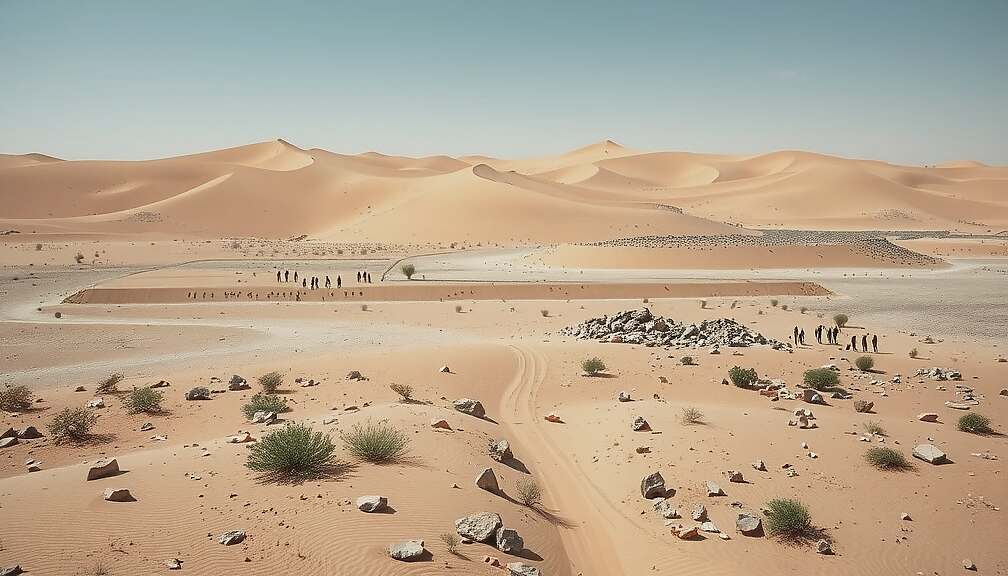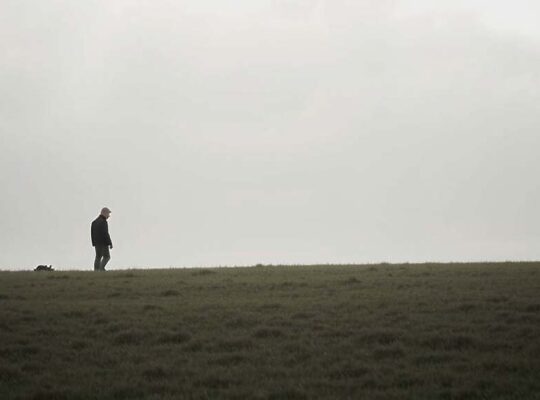A new international research effort, spearheaded by the University of Hamburg, has documented an unprecedented level of desertification impacting southern Africa, specifically within the Richtersveld region. This ecologically significant area, recognized by UNESCO as a World Heritage Site in 2007, is home to an estimated 1,000 plant species found nowhere else on Earth – a considerably higher figure than the fewer than 100 endemic plant species recorded in all of Germany.
The study, published in the “Journal of Arid Environments”, reveals a dramatic decline in vegetation and biodiversity across much of the Richtersveld. Researchers observed formerly productive grazing lands increasingly covered by sand, with abandoned farmsteads becoming submerged beneath shifting dunes. The team analyzed plant composition and quantity over a period of up to 45 years, supplementing this with analysis of historical satellite imagery.
The research points to a combination of factors driving this desertification, including climate change and human activity. Diamond mining operations, through the creation of extensive open-pit mines left unrestored, are identified as contributors to the land degradation.
The researchers are urging for proactive measures to mitigate the escalating desertification. Recommendations include stricter regulation of mining activities and targeted protection of the most vulnerable areas within the Richtersveld, upholding the commitments made by the 194 signatory states to UNESCO for the site’s preservation.












